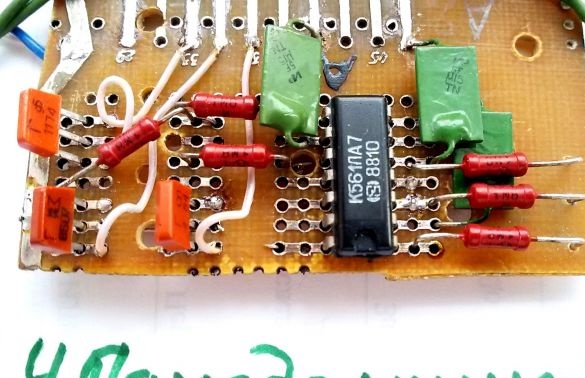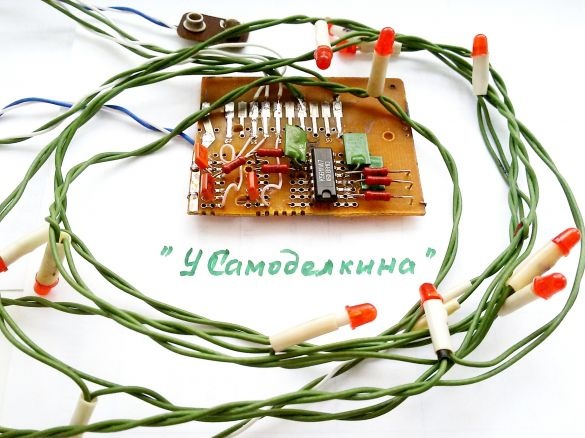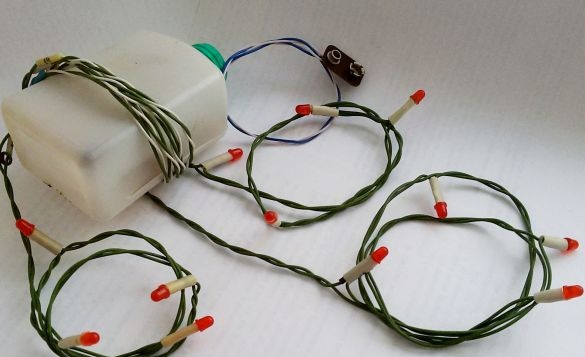On New Year's Eve, it is proposed to make a simple, low-cost LED garland for a small Christmas tree.
The dynamic nature of the operation of the garland does not require expensive and programmable gadgets. The device is unpretentious, economical and reliable in operation, it is instantly mounted on a Christmas tree, and at the end of the New Year holidays, it can be removed without regret to the far shelf until the next case. In addition, the garlands of the device can be used in the form of various lights, small displays and toys with their corresponding arrangement in the form of a propeller, triangle, star, wheel, pointer, “running lights”, etc. So the device can be used to decorate holidays, parties, and with the appropriate design it can become an original gift for a child on his birthday or New Year's Eve.
The proposed device "Christmas tree garland" is made on the basis of a ring generator on the elements of one chip K561LA7 and three transistors. Depending on the location of the garlands, the device creates an original light effect of moving, rotating or flickering chains of lights. The speed of switching garlands can be adjusted. The device diagram is shown in photo 2.
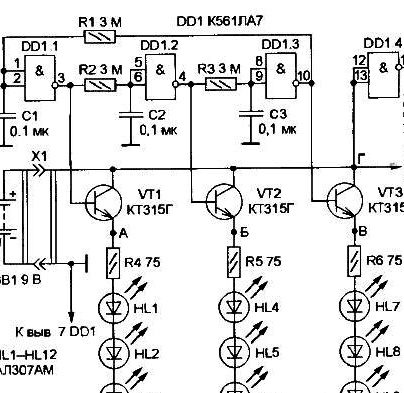
Photo 2 Diagram of a Christmas garland on LEDs. The basis of the device is a ring generator on three elements of the DD1 chip. The fourth element - DD1.4 - is not used and its inputs (pins 12, 13) are connected to the positive power wire. On transistors VT1 - VT3 are made electronic keys, each of which turns on and off one garland of LEDs (respectively HL1-HL3, HL4-HL6 and HL7-HL9). The current through them is limited by resistors R4 - R6. When the generator is operating, pulses of positive polarity are sequentially formed at its outputs.
- At the moment of the appearance of the pulse at the output of the element DD1.1, the transistor VT1 opens, the resistance of its emitter-collector section decreases sharply and the LEDs HL1 - HL3 flash.
- Then the pulse appears at the output of the element DD1.3. The VT3 transistor opens and the HL7 - HL9 LEDs light up.
- After which the pulse appears again at the output DD1.1 and the cycles are repeated until the device is turned off.
Photo 3 LED garland board. Three dots of 3 to 4 LEDs are connected to points A, B, C of the board and the common wire. After turning on the power and turning the device into steady mode, the garlands flash in turn, resulting in the effect of movement of the lights.
Photo 4 Assembly of a garland on LEDs.
All resistors of the device are MLT-0.125 or other small-sized ones, transistors are any of the KT315 series. LEDs must be of the same type and color of illumination, for example, red or green. Instead of the K561LA7 chip, if necessary, you can use the K561LE5 chip. When applying the top of the tree, you can install in it a constantly burning fourth garland, similarly connecting it to the point "G". When using 4 LEDs in a garland, the limiting resistance R4 - R6 can be eliminated.
Photo 5 General view of the garland on the LEDs.
To power the device, you can use a battery of size 6F22 ("Krona") with a voltage of 9V, which is connected to the board through the XI mating connector from the used Krona, eliminating its connection in the wrong polarity. The device can also be powered from any adapter or network power supply with an output voltage of 9 - 12 V, capable of delivering a current of at least 100 mA to the load. For reasons of electrical safety, it must include an isolation transformer (i.e., there is no galvanic connection to the 220 V network). An output voltage stabilizer is optional. For ease of use of the device, it is advisable to place the electronic board (together with the battery) in a small plastic case. When using a battery, install a power switch on one of its walls. With serviceable details and the absence of errors in installation, the garland starts working immediately after turning on the power and does not require adjustment.
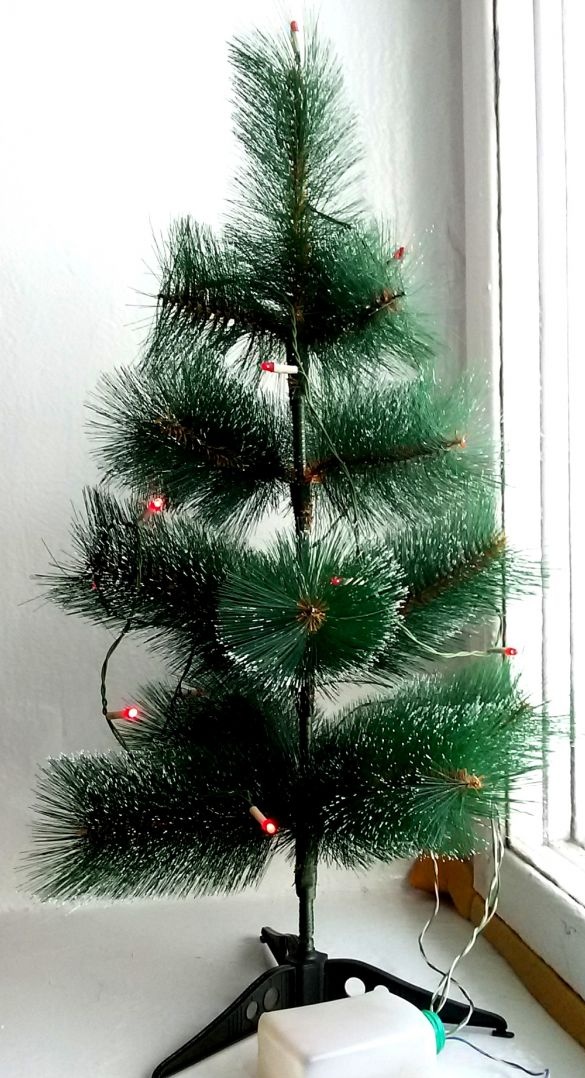
Photo 6 Work of a garland on light-emitting diodes.



